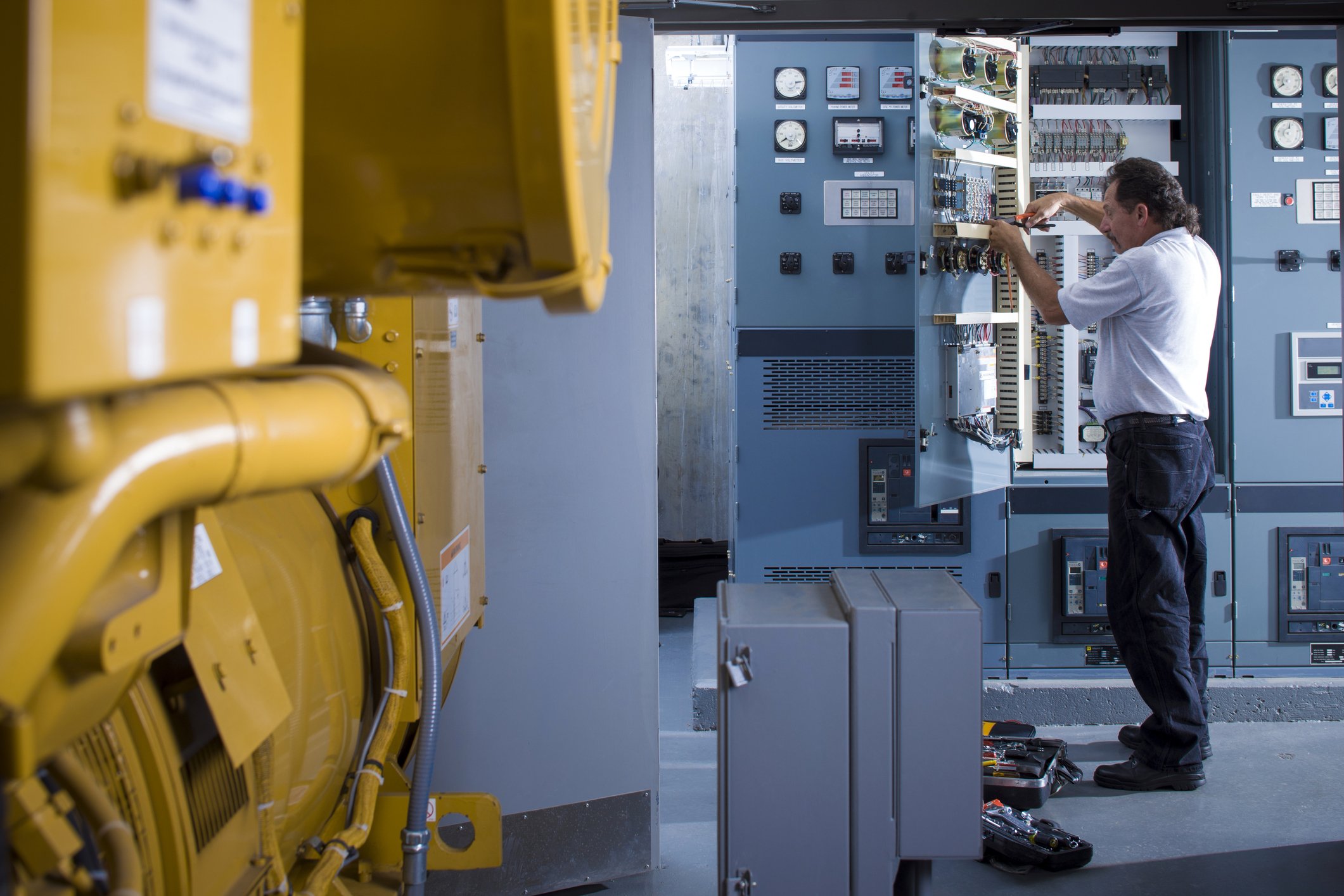
SDN Group FAQs
If you have any additional questions about or services, please let us know.
General Questions
-
Every thermostat is different, but here are a few manuals to help you out.
Honeywell Vision Pro 8000 Touchpad, Red Link
-
This probably indicates a leak. We’ve listed a few possible causes and solutions for you.
Possible Cause:
My humidifier pad has not been properly installed.
Possible Solution:
At the top of the evaporator pad there should be a black mark, which can help you to correctly adjust the pad.
Possible Cause:
My humidifier is not draining.
Possible Solution:
Check for a kink/debris in the drain line.
Possible Cause:
The water connection fittings have not been tightened properly.
Possible Solution:
Tighten all water line connection points.
Possible Cause:
Water is either not staying on pad or is coming into the humidifier too quickly.
Possible Solution:
Make sure the metering/orifice is in place. Depending one the model they’re typically yellow or orange.
Possible Cause:
There is heavy mineral build up on my evaporator pad.
Possible Solution:
Replace pad.
-
Many newer humidifiers have digital programmable timers. When setting your humidifier it is important to remember to maintain a healthy humidity level. Most agree the optimal healthy humidity level falls between 30% and 50%. Humidity that measures above 50% creates a breeding ground for mold and bacteria, while humidity that measures below 30% increases the likelihood of cold and flu viruses spreading.
-
Here are some easy fixes. If none of these work, call your friends at Air Group and we’ll take it from there.
• Check your circuit breaker
• Check the emergency switch.
• Make sure thermostat is set to automatic.
-
Our spring preventative maintenance usually takes between 45-60 minutes. During this time we complete the following tasks:
• Remove any winter covers/obstructions.
• Replace/clean air filters.
• Check ductwork for loose or open fittings, pierced vapor barrier, etc.
• Open all diffusers and remove any obstruction.
• Inspect fan belt and adjust motor pulley and oil motor as necessary.
• Check pitch of air handler.
• Test primary and secondary condensate drains with water and pressurize with nitrogen.
• Check for secondary drain pan and recommend installation if necessary.
• Check condition of condenser coil.
• Check all safety controls and electrical connections.
• Visually inspect all capacitors for bulges or splits.
• Check condenser fan motor amps, compressor start, and running amp draw.
• Check refrigerant charge.
• Check attic fan operation.
-
With our Gold Service Plan we offer a free annual Master Tune-Up. This tune-up includes both heating and cooling services such as carbon monoxide testing, cleaning, checking thermostats, pilot assemblies, valves, wiring, changing filters and more.
-
We recommend that your heating and cooling system be checked and serviced twice a year; ideally a spring and an autumn tune-up. We also recommend that you change your filter regularly. This alone can eliminate many of the most common problems that need fixing and can significantly reduce the likelihood of a serious breakdown.
-
A chirping sound could be coming from a carbon monoxide or smoke detector that might be located near your unit. Locate it and check the batteries — change if needed. If you can not find where the sound is coming from, please contact us.
